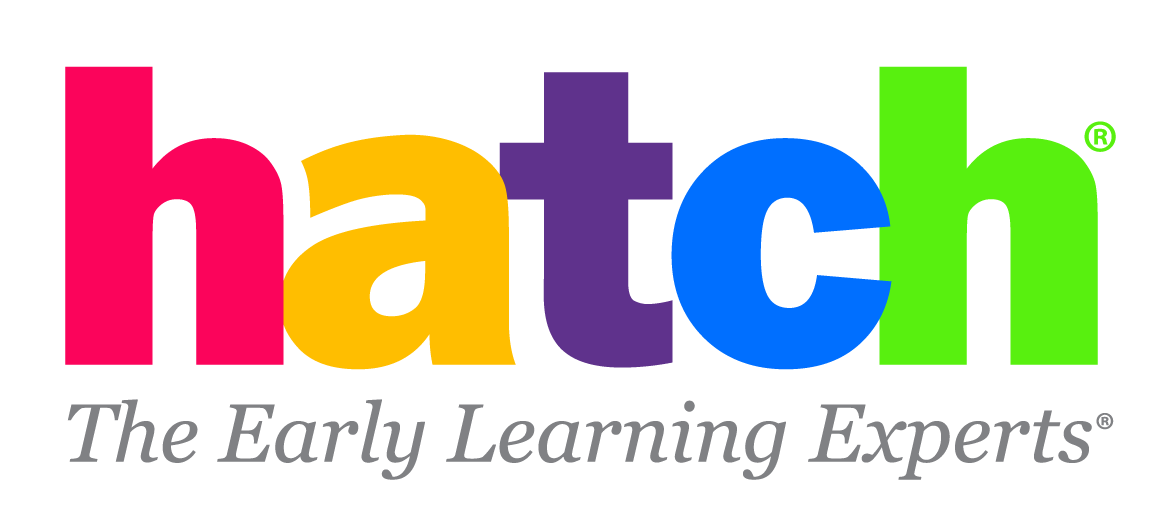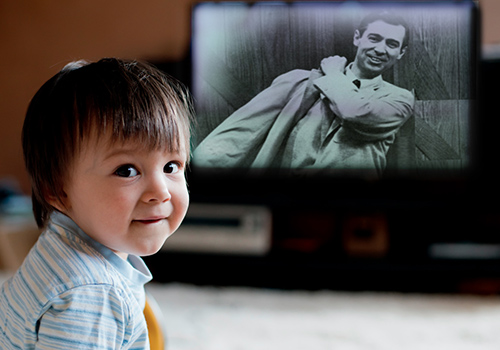For more than thirty years, Fred Rogers beamed into homes from Atlanta to Anaheim, doing what was at the time, almost unthinkable – giving his undivided attention to young consumers who couldn’t pay for advertising, nor make donations to public television or speak on its behalf.
With the recent release of Morgan Neville’s documentary film “Won’t You Be My Neighbor?”, we are reminded of the Mr. Rogers that we all knew. Caring. Compassionate. A sincere and interested friend to the smallest ones in the room.
But to understand this man’s true magic, and his landmark innovation into early education and technology, we need to look much deeper.
1968 – The year that desperately needed Mr. Rogers.
Daily combat footage from the battlefields of Vietnam. Riots in the streets of Chicago. The assassinations of both Dr. Martin Luther King, Jr. and Bobby Kennedy. The year that launched “Mister Rogers’ Neighborhood” was a nightmare – one that was broadcast onto televisions in living rooms across America and into the eyes and brains of nearly 22 million children under the age of five.
These were developing minds that couldn’t understand the facts, but who easily internalized the shouts, anger, fear, pain and violence of a country ripping itself apart.
"I went into television because I hated it so."
Rogers himself acknowledged this in a 1999 CNN interview.
You see, back then, it was easy to hate television. By 1968, televisions were in nearly one hundred percent of American households. In just the first two years of “Mister Rogers’ Neighborhood”, color television penetration into American homes had nearly doubled. In fact, the number of televisions inside the home had doubled too. From twisted soap opera plots in the afternoon to a shrieking and misogynist Archie Bunker at dinner time, television content was completely inappropriate for the young eyes that sat by and watched it each day. People from all walks of life (including experts in early childhood education) misunderstood and maligned this new and emerging medium. They called it “the idiot box” and “the brain-shrinker.”
But for Rogers, the technology itself wasn’t the problem.
Television, he reasoned, wasn’t going away. And no one was going to prevent small children from wiling away the hours in front of the living room Maganvox. Instead, Rogers saw it as his mission to create purposeful content that was designed help those 22 million children better understand the world around them. With the words, “There has to be some way of using this fabulous instrument to nurture those who would watch and listen”, Rogers’ passionate advocacy for public television was born.
The science behind the soul.
Anyone who spent time growing up with “Mister Rogers’ Neighborhood” can easily remember the many things highlighted in Neville’s documentary: Rogers’ pace. It was slow and easy to comprehend. The stories were simple. The tasks were easy to follow and repetitive. But we often mistake this for simple comfort. In fact, fans are often surprised to find that Rogers’ approach was methodical and driven by the emerging science of the times.
Enlightened by his coursework at the University of Pittsburgh, Rogers often found himself in the company of early childhood behavioral pioneers, such as Benjamin Spock, Erik Erickson and T. Berry Brazelton. Child psychologist Margaret McFarland was not only as one of Rogers’ supervising professors in graduate school, but also served as a key collaborative consultant on “Mister Rogers’ Neighborhood”– contributing to and approving content, based on the field’s most recent understanding of how young children play, learn and grow.
Indeed, Rogers – and the team of professionals who supported and informed his work – were among the earliest advocates for what countless research and long-term studies are telling us today: High-quality early childhood education and developmentally appropriate content are critical for children’s development. More importantly, the effects of this investment are evident for years after these young children leave their very first classroom.
And through it all, Rogers leveraged television – the medium that, at one time, was declared “the destroyer of the modern family.”
The year that desperately needs to adopt a new attitude to early learning technology.
Each day, it becomes more and more apparent every day that mobile technology is here to stay. A 2017 Pew survey found that the average American home has at least five devices that are connected to the Internet, and the number of screens in each household continues to multiply. And as a society, we remain equally enthralled and repulsed by the technology that’s become such a big part of our lives.
Perhaps most importantly, 2018 is a stunning parallel to 1968. The world is a loud, scary, turbulent place right now - especially for children.
But what if we took a page out of Rogers’ playbook and thought about this “fabulous instrument” differently? For a moment, think of Hulu, GoFundMe, Venmo and Uber – companies that meet people where they are - on their devices.
Who says we can’t do the same thing for children’s educational content?
We already know – from research, from early childhood education pioneers like Rogers and from our own experience that children consistently benefit from digital educational tools. Slow-paced, easy, repetitious and engaging content. Talking to children the way they want to be spoken to. Meeting children where they are. The medium might change, but the commitment to creating approachable, developmentally appropriate content never should.
That’s a world full of possibilities, and one we should be working every day to build.
As we reflect back on his life and legacy, we realize that “Mister Rogers’ Neighborhood” was far ahead of its time. Far from just “empty calories” or using the latest technology of the day as a pacifier, Rogers advocated for quality, thoughtful television programming.
Maybe, there’s still a lot to learn from the man who has already taught us so much.
Want to know more about Rogers’ approach to technology, “Mister Rogers’ Neighborhood's gentle, deliberate pace and “Won’t You Be My Neighbor?” Check out this article from NPR Ed.

